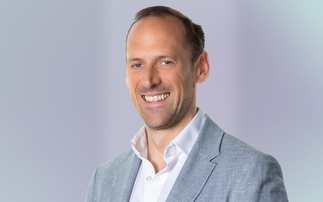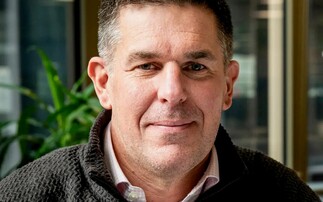
Readers of a certain age will be familiar with the cartoon Roadrunner and in particular the work of Wile E Coyote. Today, I feel like we may be having a Wile E moment with global markets and the economy.
Wile E's entire existence was predicated on his need to catch Roadrunner, coming up with ever more elaborate schemes to achieve his goal. He would order some contraption from the ACME company (a forerunner of Amazon noted for the ability to deliver anything, anywhere, within a day) before inevitably failing in his goal as Roadrunner gave him the slip once more.
However, Wile E was also magic. He could defy gravity, temporarily. Having tried to chase Roadrunner over a cliff for the millionth time, he would levitate - briefly - before becoming aware of his situation and plummeting to the ground. To quote Radiohead, ‘Gravity always wins.'
Today, I feel like we may be having a Wile E moment with global markets and the economy. A brief but exhilarating moment of weightlessness before gravity wins again. Because, rather like Wile E's experience of gravity, monetary policy works with a lag.
Unlike the era of low rates of the last decade, the economy and markets look like they will have to become more aligned in today's environment. Developed market equities, as measured by the MSCI world index are still only 13% off all-time highs, with the market assuming recession defying earnings growth over the next 2 years. Long dated bonds remain at decade long highs in the UK and Europe despite stagnant economies.
And whilst growth remains strong in the US, can this continue in the face of aggressive rate rises and tightening financial conditions? A key question therefore is what is more likely to be correct - equity markets with their relatively sanguine view of the world or history? The latter would suggest that the majority of the effects from rate increases are still to pass through into the real economy.
A look at the facts The Fed has raised interest rates by 5.25% over 20 months. The Bank of England has increased rates by 5.15% over 22 months. It also generally takes 12-24 months for changes in monetary policy to fully feed through into the economy. By any measure, the full effect of the policy increases have not yet fed through into the real economy. Looking at US unemployment as an example, there is a clear lag between the peak in interest rates and the peak in unemployment. Labour markets in both the UK and US remain strong, with real wages now increasing as inflation falls (wage settlements from when inflation was higher are now feeding through). However, it is too soon for us to be celebrating a soft landing.
Longer dated yields in the US have also started to rise in response to much higher than expected issuance of new debt. The so-called bond vigilantes from the early 1990s are back. History doesn't repeat but it does rhyme There have been three distinct rate cycles since the mid 1980s, and we are now halfway through the fourth major cycle (excluding 2015-2020 which was cut short by Covid). On each occasion, unemployment peaked around 3 years after the final interest rate rise. This hiking cycle has been the most aggressive of all of those since the mid 1980s in terms of both the pace and extent of interest rate rises. This means that the lags will likely be more significant. As an example, the 2004-2007 cycle saw interest rates move up by 4.25% in 27 months, whilst this cycle has seen rates move 5.25% in 20 months. As noted above, the turning point in unemployment typically does not occur until just after rates have peaked, as such in our view, it is still too early to talk about a soft landing.

Rob Scammell
Senior Portfolio Manager - UK,
Van Lanschot Kempen Investment Management
email: [email protected]










